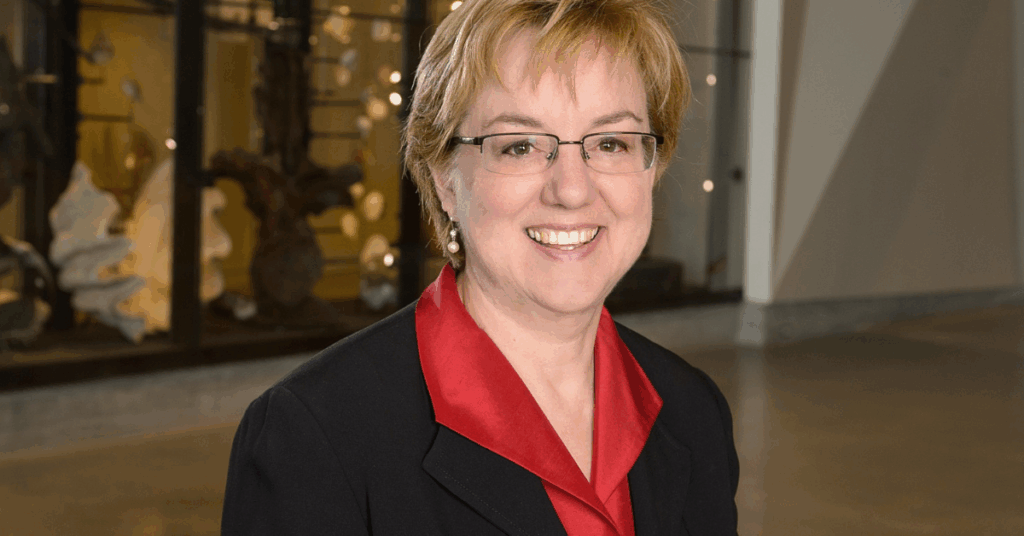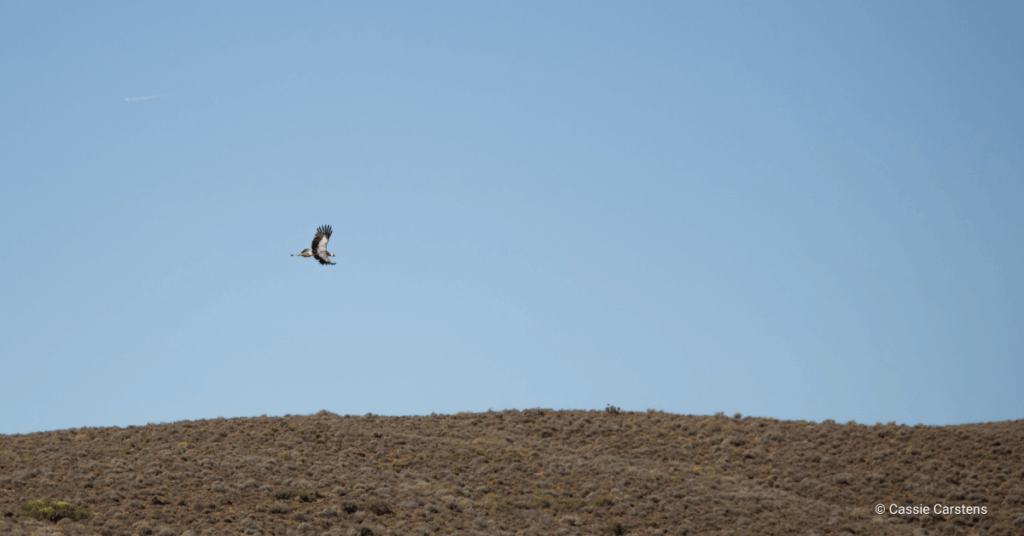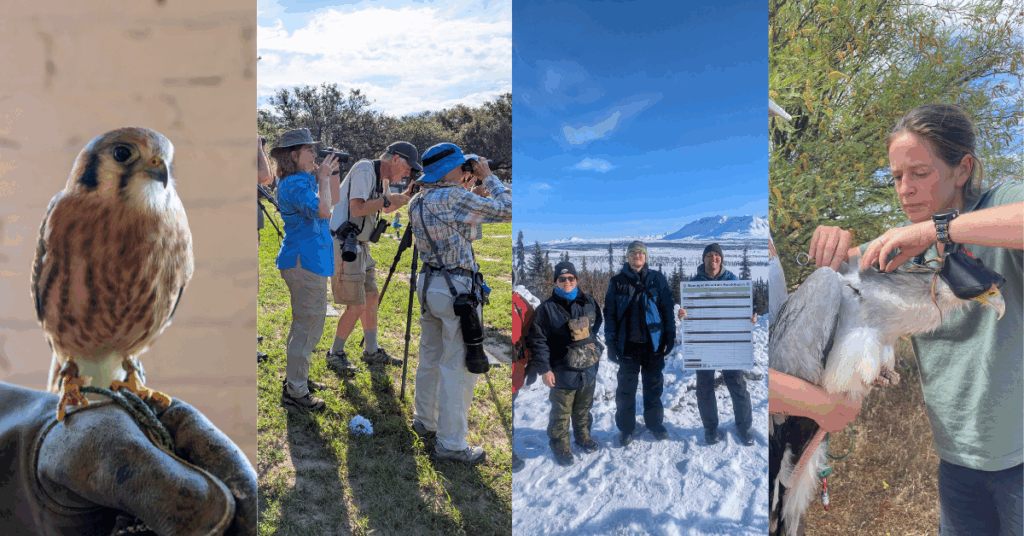For some, January means resolutions. For those that like to plan ahead, it might mean gathering documents for taxes. At Hawkwatch International (HWI), January is permit season. If you follow HWI you may know that we hold permits that allow us to work with raptors both for education and scientific research. A lot of work goes into recording and reporting the who, what, and when of our permitted activities. Here are three things about HWI’s permits you may not know.
All Permits are Not Created Equal
HawkWatch International primarily uses three kinds of permits: banding, scientific collection, and special-use for educational purposes. While scientific collection and education permits are issued by the US Fish and Wildlife Service (USFWS), banding permits are issued by the US Geological Survey Bird Banding Lab (USGS). Banding permits are specifically for marking, banding, and using telemetry on migrating birds. In some cases, banding permits also allow for limited collection of samples (like feathers) from birds that are being banded. These samples can be analysed in a lab and provide valuable data such as whether or not the bird has been exposed to lead, rodenticides, or various viral or bacterial infections.
In order to collect other scientific samples, HWI uses our scientific collection permit from the USFWS. These samples might include things like nest materials, DNA samples, egg shells, feathers, bird carcasses, and even live birds for short amounts of time. HWI always collects samples in the least invasive way possible and makes every effort to minimize stress when we interact with wild birds. Our scientific collection permits are limited to specific species, and we can only gather samples from the species listed on the permits.
Our education permits allow us to use live birds and bird parts (feathers, eggs, etc.) for education programs. In fact, we risk losing our permit if we don’t use our birds for programs! Each bird is expected to participate in a minimum of twelve public programs a year (a requirement we never struggle to meet), so our educators consider our raptor ambassadors coworkers. As with the scientific collection permit, our education permits are for specific species. If we want to get a new species, we have to apply for an addition to our existing permit.
Eagles are Special
While the work we do at HWI with most species of raptors is covered on a single permit, eagles require their own separate permits. Eagle permits are harder to come by. In fact, scientific collection and education permits for eagles are only available to organizations that provide public programs or access and are either run as a governmental service or a registered nonprofit. The primary caretaker of captive eagles needs to have at least 500 hours of eagle experience over the course of two years in order to qualify to use them for programs. HWI can’t even keep the feathers our ambassador eagles molt. We mail the feathers to a federal repository where they can be requested for ceremonial use by indigenous peoples.
Permits are Particular
Whether the permit is for education or science, it’s important that we record a lot of data for reporting. Each time we interact with a wild bird (or parts of a wild bird) or a raptor ambassador we have to record the date, activity conducted, and people involved. Every year, we have to submit all this data to the USFWS and USGS where it is reviewed to ensure we are meeting the terms of the permit.
For education, we have some other interesting requirements including the following.
- We must mention our USFWS permits when we do programs. We also always keep them with us.
- Our permit specifically states, “All live birds must be kept under control at all times and may not come in contact with members of an audience.” When we tell people they can’t pet the birds, it’s not because we’re being mean!
- Our permits state that we must use our birds for education and programs should include messages about wildlife conservation, biology, and/or ecology.
- To hold a permit like ours requires a minimum of 240 hours of experience working with birds and education programs gained over the course of at least one year. For programs that used birds on a glove, applicants have to have completed a minimum of 20 programs with a bird on the glove under the supervision of an experienced bird handler.
- We can’t use our birds for commercial activities like endorsing a business or product. Fortunately, we can use them to promote our own organization and can provide programs for a fee as long as the program content is focused on education.
All this work is just for maintaining a permit. Applying for a new permit requires even more effort! However, we feel our permits, and the opportunities to help conserve raptors and their ecosystems, are worth all this and more.
This blog was written by Melissa Halvorsen, HWI’s Education and Outreach Director. You can learn more about Melissa here.




